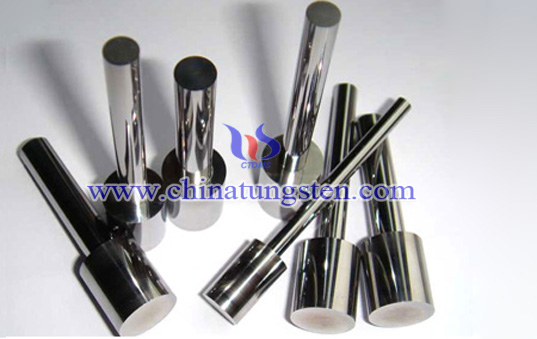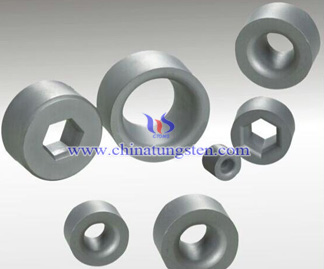Tungsten Carbide Battery Mould

Introduction
The tungsten carbide battery mould belongs to the stretching mold, and the tungsten carbide stretching mold is a big wire producing country in China, and its output ranks among the top in the world. China's wire drawing die manufacturing industry has developed rapidly since the 1980s. With the continuous improvement of the wire drawing die manufacturing level and the continuous improvement of the production process, China's wire drawing die manufacturing technology has developed progressively, especially in the material of the wire drawing die. There has been considerable progress in the structure and so on, but in general there is still a big gap with foreign countries. Although the types of wire drawing molds produced in foreign countries are similar to those in China, the materials and processes used are more advanced. The processing precision, durability and wear resistance of wire drawing dies are superior to those of our products. Therefore, strengthening the mold management, improving the quality level of the drawing die, and promoting the advancement of the die-making technology are the important issues currently facing the molding industry.
Advantages
1. Reduce the friction coefficient, reduce the processing force and improve the appearance hardness, greatly extend the life of the mold to avoid product pulling and straining, improve the quality of production, save the trouble of unloading the mold, polishing and reloading the mold, and improve the efficiency.
2. Early failures are often present during the application of the mold. The factors of failure are usually wear, corrosion, blending, adhesion, and the like.
3. The microstructure of the TICN coating of fine nano-sized particles combines high toughness. High hardness, high oxidation resistance, and the ability to complete the extremely lubricious appearance of frictionless chip evacuation, so that the excellent performance of the workpiece can be fully utilized.
4. Mould extreme parts, which can significantly improve the hardness and resistance of different molds (powder metallurgy molds, stamping dies, forming dies, forging dies and injection molds) and parts. Grindability, corrosion resistance, heat resistance and smoothness; and can effectively improve the quality of molds and parts (such as appearance roughness, precision, etc.) and service life when the film is released, so that it can effectively exert the potential of the product.
The performance of tungsten carbide battery mould mainly refers to hardness, wear resistance and thermosetting, and its hardness can be maintained to 800~1000 °C without significant decrease. This is due to the high hardness, wear resistance and thermal stability of the main components of the tungsten carbide (WC) and titanium carbide (TiC). In addition, tungsten carbide has the characteristics of corrosion resistance, oxidation resistance and thermal expansion coefficient lower than steel. However, compared with tool steel, its main disadvantages are low bending strength and high brittleness (the toughness is about 1/2 to 1/3 of hardened steel).

